Fed up with lugging around a camera-lens combo weighing as much as a small bag of cement? You are not alone. The good news is that one enlightened lens manufacturer feels your pain. Building on the success of their ‘small-is-beautiful’ 20-60mm zoom, Panasonic has introduced another lightweight sharpshooter — the Lumix 28-200mm zoom. And, it’s a compact cracker.
Last year, I wrote about what appeared to be an emerging fashion in lens design: prioritising weight over speed. Sensing a demand for more compact, less burdensome options, manufacturers, especially Panasonic, seem to be responding.
However, producing featherweight zoom lenses inevitably requires sacrifices: these new, lightweight lenses are slow, and employ a variable aperture. In my previous article, I argued why those features are not really a problem for the typical travel photographer. The prototypical example I highlighted was the Lumix 20-60mm f/3.5-5.6 kit lens.
Longer Lumix lens
The Lumix 20-60mm is a versatile performer, and a great choice for an everyday ‘walk-around’ lens for travel photography. I usually mount it on a Leica SL2, confidently cropping images to extend its effective focal length.
However, its focal-length range only just exceeds the ‘standard’ 50mm. I therefore concluded that a longer telephoto zoom, employing the same small-is-beautiful philosophy, would complement it nicely.
So, after some deliberation, having watched countless YouTube reviews, I picked up a Panasonic Lumix 28-200mm f/4.0-7.1 Macro O.I.S lens.
Weighing just 413g, the lens is almost the same size as the Lumix 20-60mm, despite its much longer focal -length range. In fact, it’s not that much bigger than a Lumix S-series prime lens.
When mounted to a Leica SL2, the kit weighs 1.37 Kg.
Like other Lumix S-series lenses, it uses 67mm filters. It possesses in-lens image stabilisation, with an on/off switch on the lens barrel, along with an Auto/Manual focus switch. At the time of writing, the lens costs $898 / £799. US prices are before tax, the UK price include tax at around 20%.
Home and away
My main purpose in buying the lens was for use on a forthcoming Rhine cruise. I hoped to photograph all the beautiful hillside Schlösser we would pass, as we sailed, serenely, along the river. In the meantime, I put in some practice using it closer to home.
I am fortunate to enjoy year-round live music in Coronado, California, where I live, much of which is performed outdoors. It is both fun and challenging to photograph musicians completely immersed in their performance. Ideally, I try to get a close-up shot which captures both their emotion and a clear view of their instrument. However, it often requires a longer lens to capture those beads of sweat, and brows, furrowed by intense concentration.
Enter my new Lumix 28-200mm lens.
A few Sundays ago, a favourite band, Ron’s Garage, performed outdoors, under a canopy, at a local Irish pub. Although it was a sunny day, band members were confined to deep shade. Nevertheless, I was able to capture the shot above, with the zoom fully extended to 200mm.
A quick AI-denoise in Lightroom yielded a clean, sharp image of Ron, strumming his Gibson SG, the adoring crowd reflected in his oversize Aviators.
On another Sunday afternoon, I came across a band playing at The Ferry Landing, where tourists catch ferries to downtown San Diego. Here’s another shot at 200mm, once again with the guitarist in shade, and San Diego Bay sparkling in the background. His Fender Telecaster, an unusual model with three pick-ups, is crystal clear, as are the details on his shirt.
Sixwire
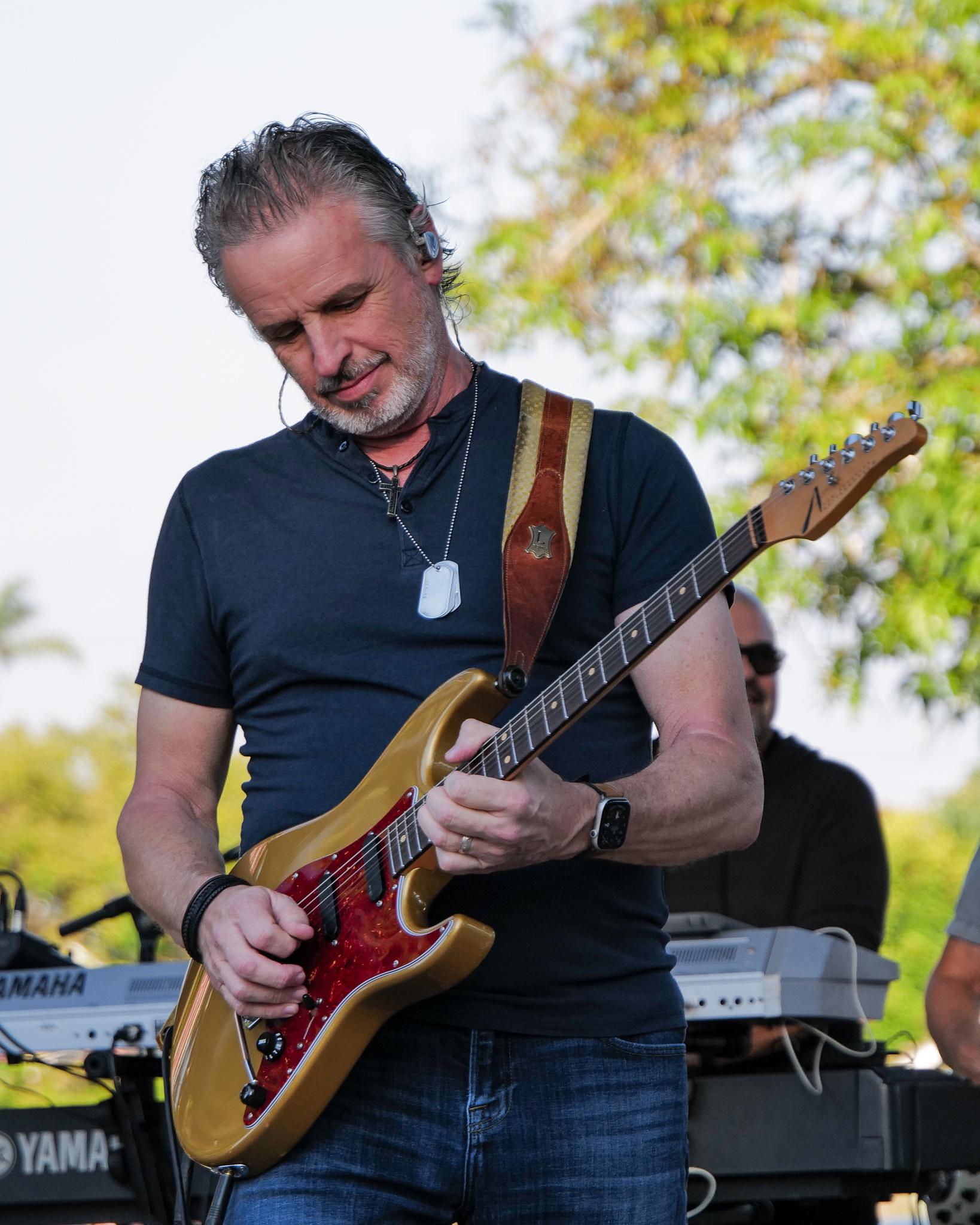
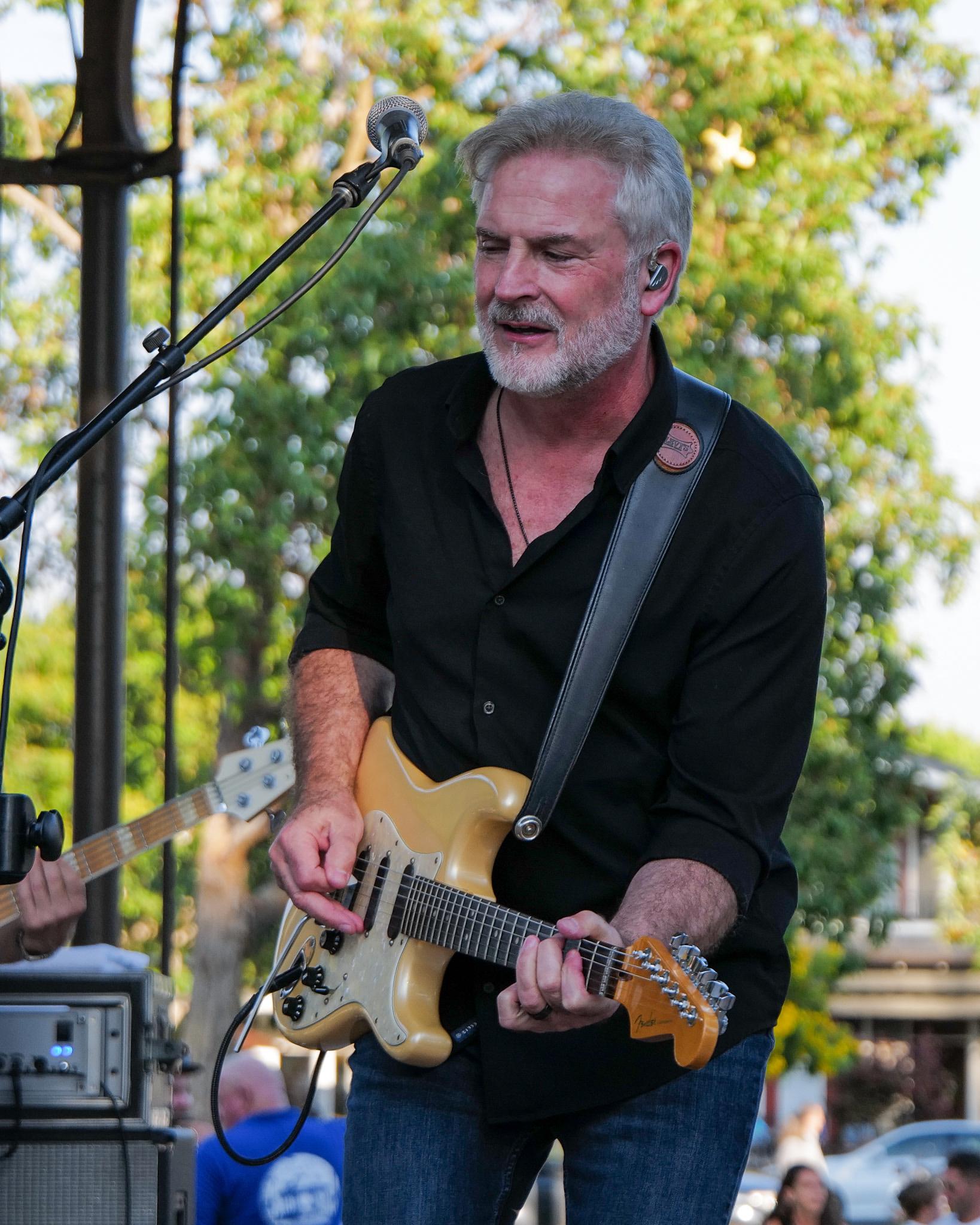
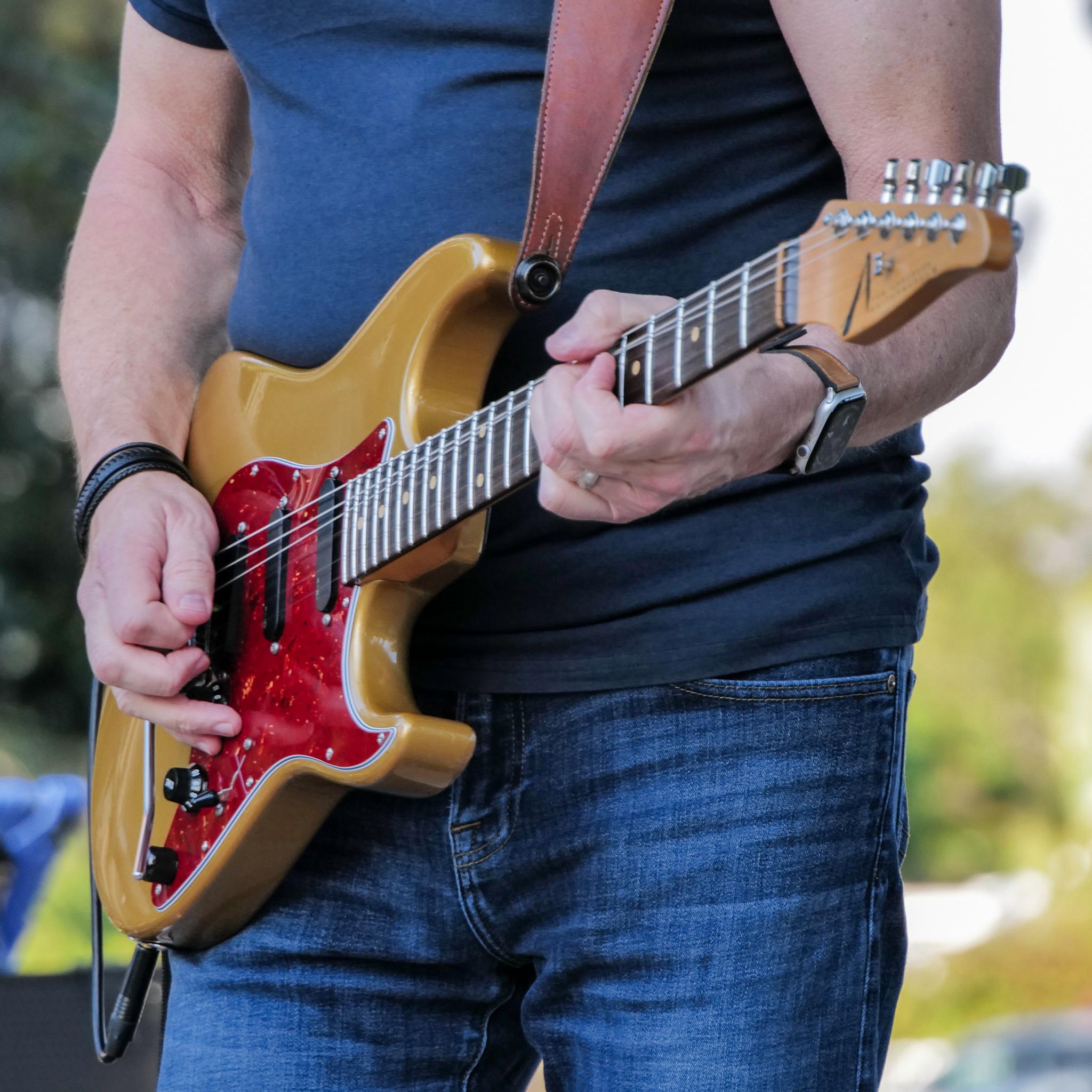
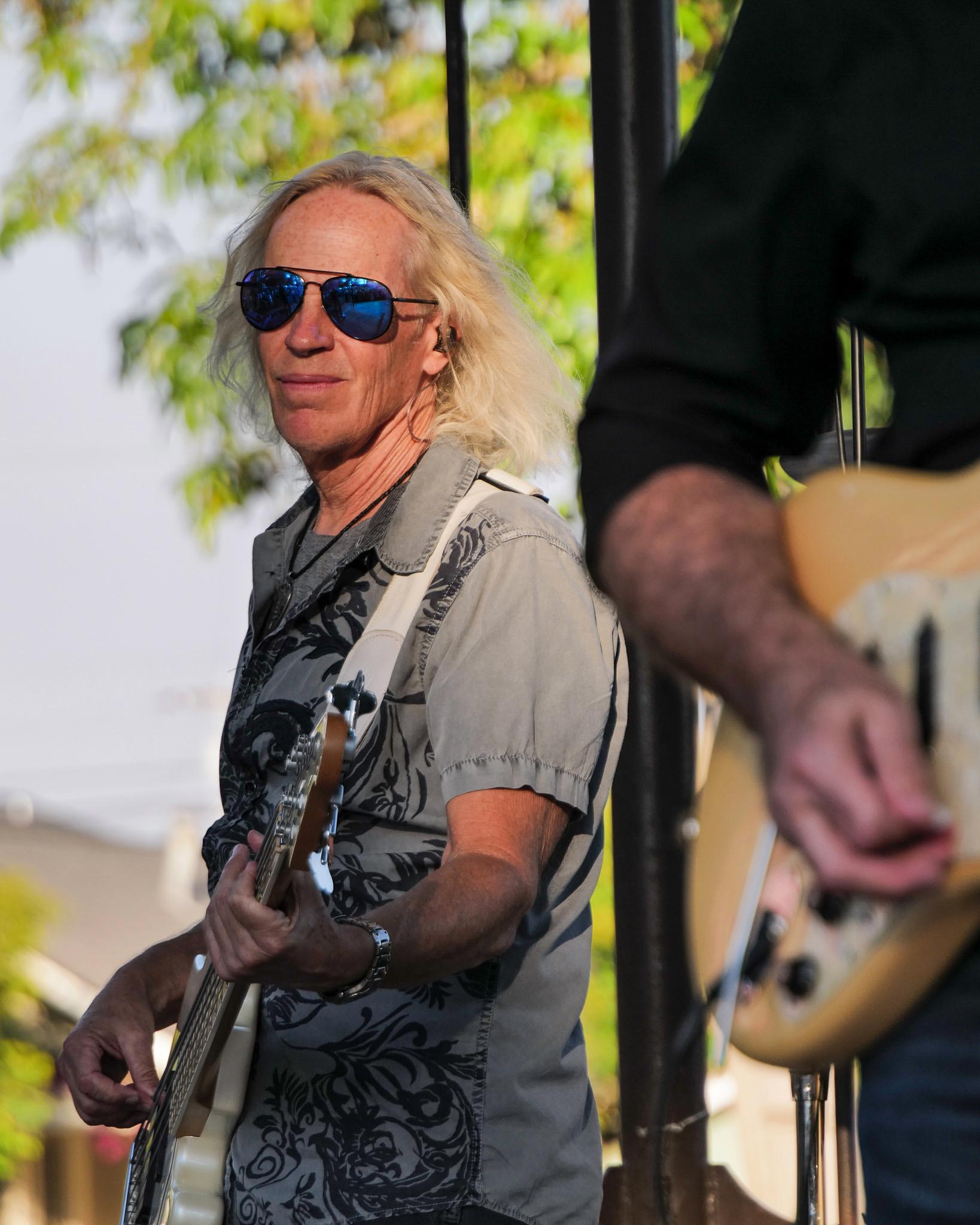
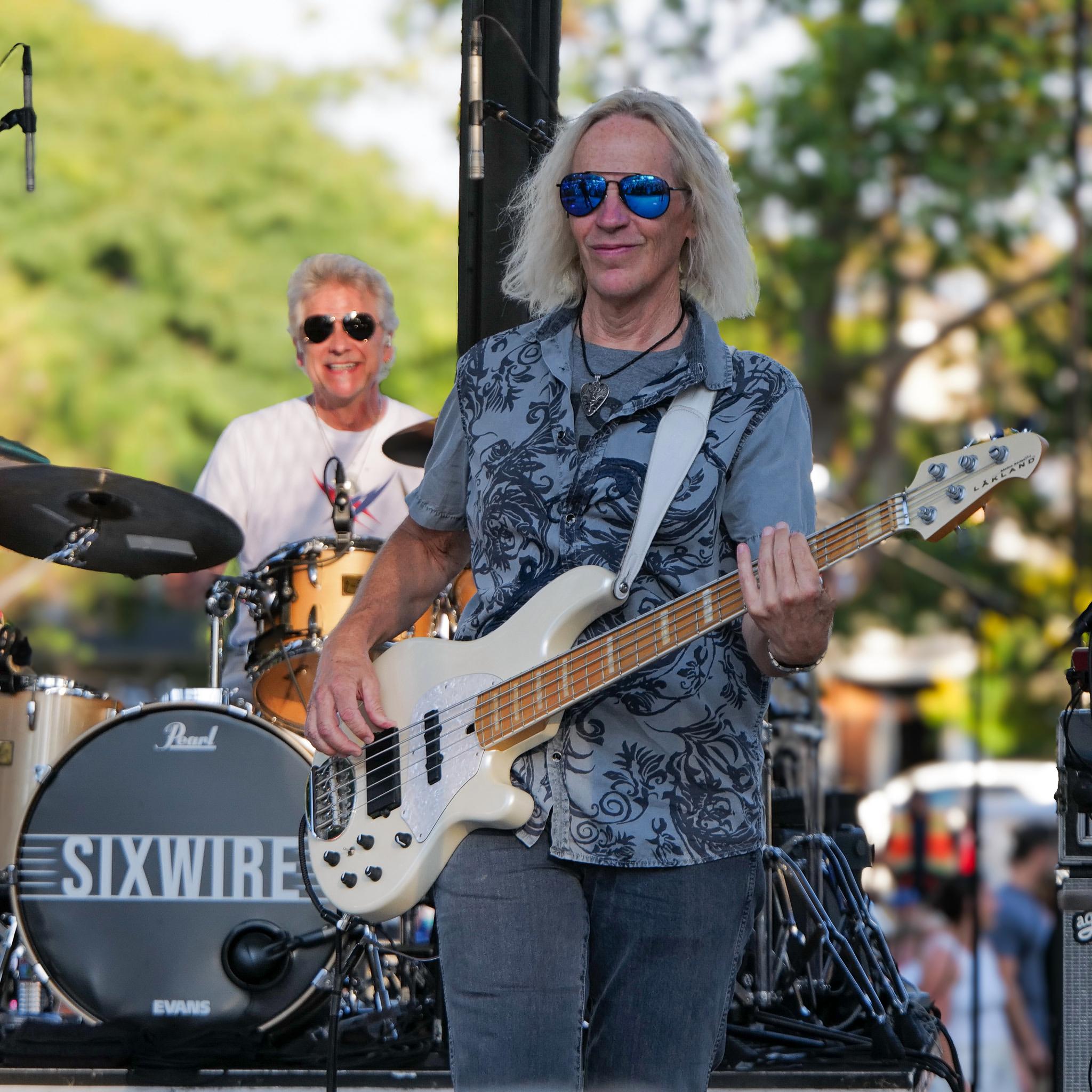
Yet more Sunday musical action. Here are some photos from a concert in a local park. As the band, Sixwire, played a mix of originals and covers, I was able to discreetly elbow my way to the front of the dancing crowd. I shot between 80mm and 200mm, depending upon how close the musicians were, and how close-in I wanted to get.
Inspired by the photography of Gary Schwartzwald, I used shutter priority at 1/400s, to be sure of freezing any motion. At maximum aperture for each focal length, AUTO ISO climbed to around 1000, but none of the shots required denoising.
Finally, I tried a few indoor shots at a jazz concert. Having secured the best seat in the house, looking directly along the keyboard, I was after a shot of the pianist’s hands. The lighting was terrible, so AUTO ISO climbed to 5000. But, once again, AI-denoising came to the rescue. At 155mm, I got a nice shot of the pianist’s fingers, tastefully stroking the keys.
Optical zoom versus digital crop
This choice has preoccupied Macfilos authors and commenters for some time now. It has become a point of discussion because of the availability of compact, fixed-focal length cameras with large sensors. Digital cropping to increase effective focal length is therefore all the rage.
As much as I am a fan of digital cropping, I still think the argument for choosing an optical zoom is strong. Especially if it, too, is a light, compact one. Here is a recent Macfilos article discussing this topic in depth.
Imagine that I had stuck with my 20-60mm zoom for some of the shots above. On the SL2, shooting at 60mm then cropping to an effective focal length of 200mm, yields a 4.2 megapixel image. In contrast, shooting at 200mm with the new LUMIX 28-200mm zoom yields a 47 megapixel image. That’s an order-of-magnitude difference!
Comic-con walkabout
Each July, downtown San Diego becomes a huge, outdoor cosplay festival. The occasion is Comic-con, the annual entertainment industry love-fest I wrote about last year. I was not able to devote as much time to it this year, and some walkways were off-limits to non-Comic-con badge holders. Still, it was another great opportunity to try out the new zoom.
Last year I strolled around with just a 50mm prime, which was a constraint in some close quarters. The wide range of the LUMIX 28-200mm gave me much more compositional room for manoeuvre.
One of the simplest, but most topical cosplay performances was a couple reenacting the ‘Cold Play Kisscam’ debacle, shot at 32mm.
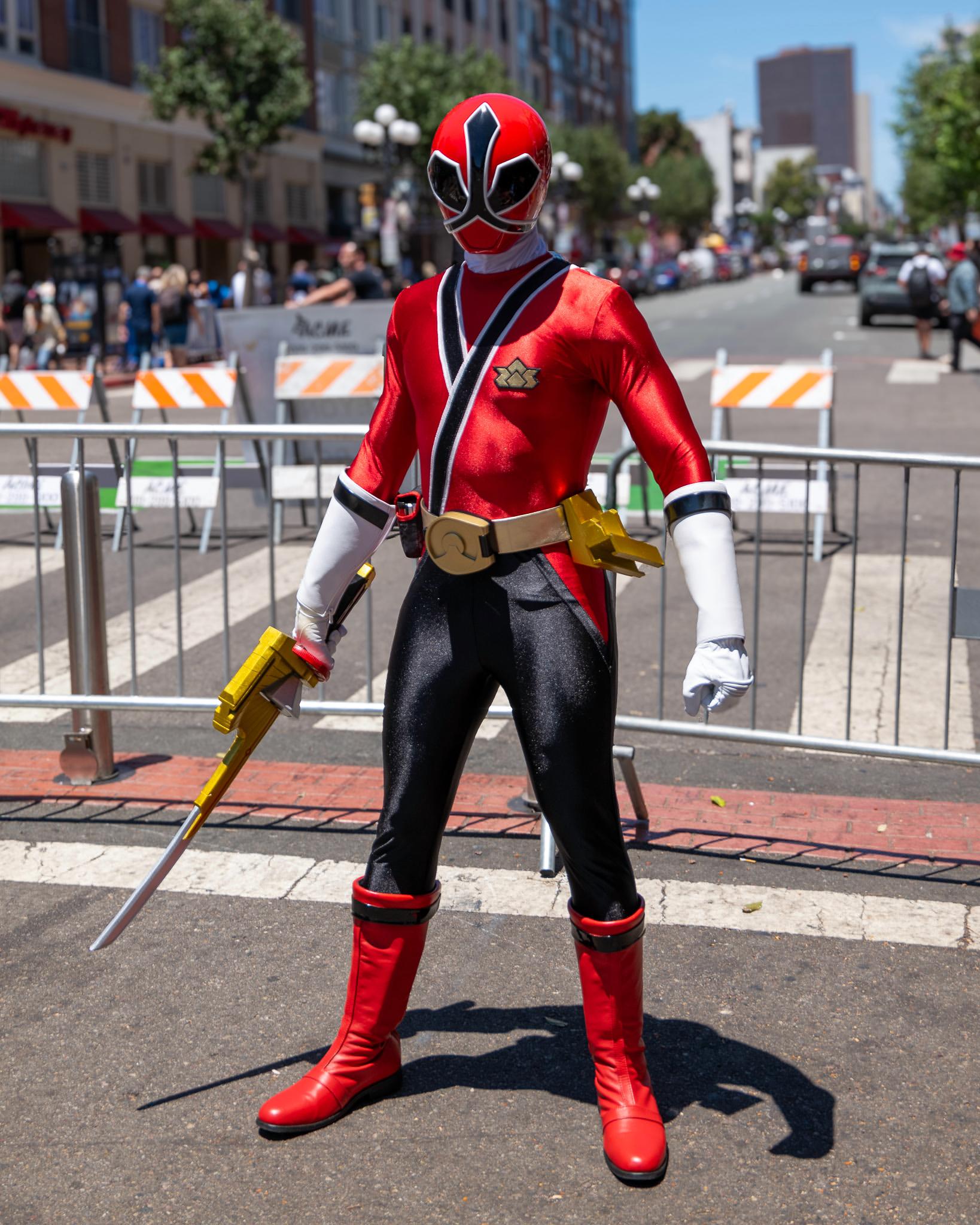
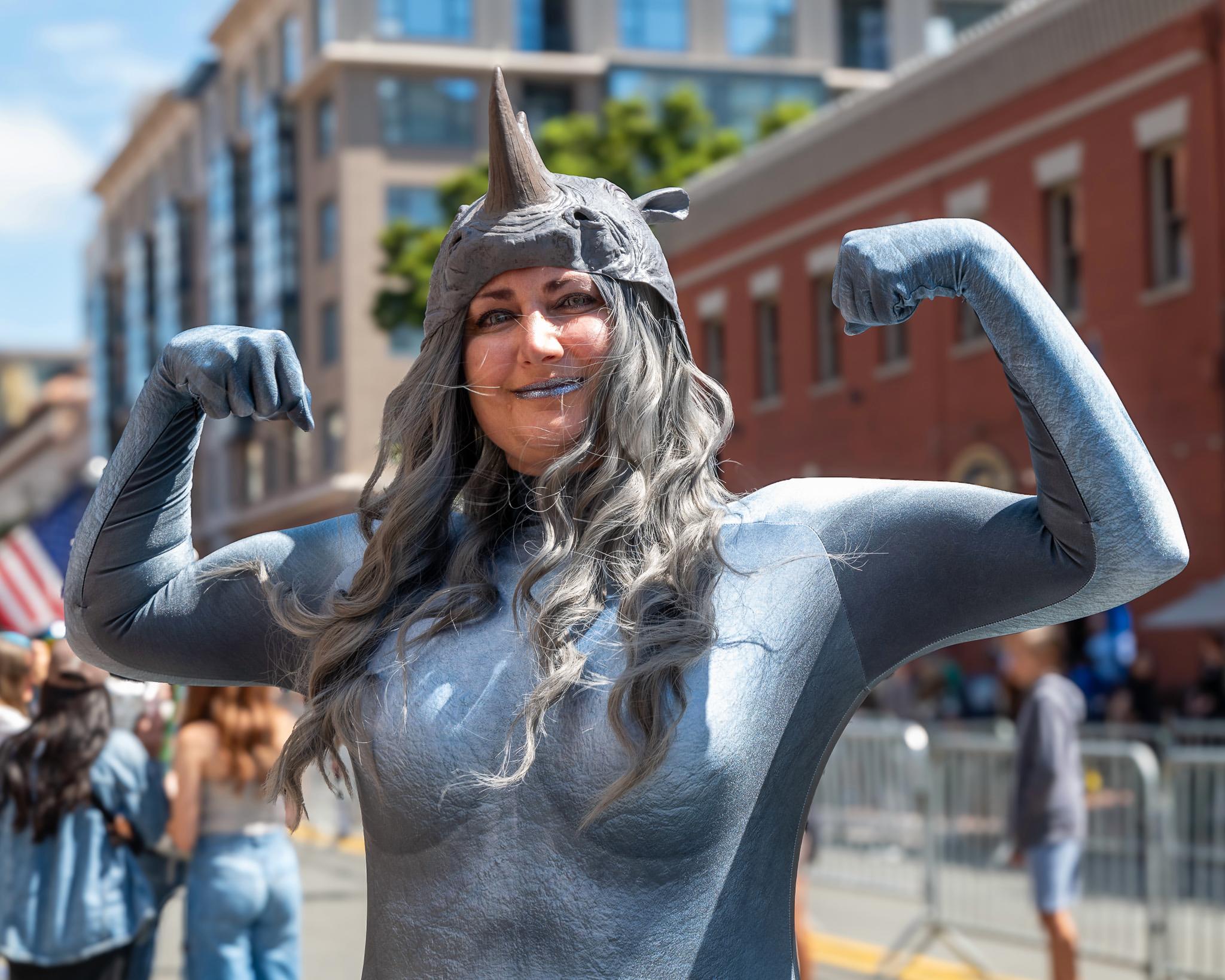
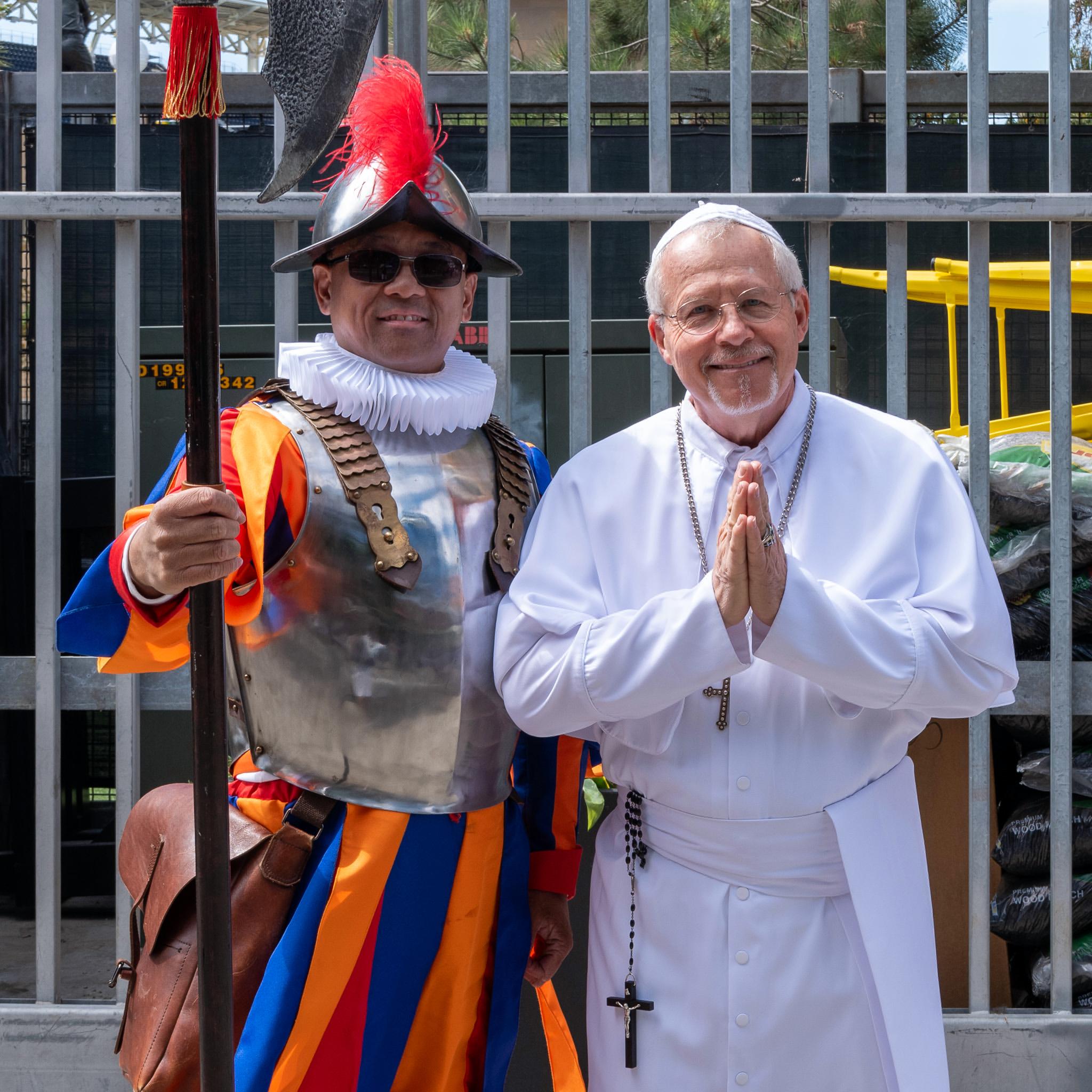
Capturing The Pope, and one of his Swiss Guards, also required a wide angle (28mm) shot. The photo of Rhinoceros Woman was shot at 59mm, and the Power Ranger at 34mm.
So, I ended up operating across a range that could easily have been covered by my 20-60mm zoom. But it was good to know I had a longer focal range available if required.
Using the full range
That full range of the 28-200mm has proved handy on a number of occasions. These included a rehearsal session for the San Diego Symphony. The orchestra was preparing for a show at The Rady Shell, a sensational open-air performance space in San Diego. They would be providing a live musical soundtrack for a showing of Top Gun Maverick.
Here’s a 28mm shot of Tom Cruise onscreen, pulling 10Gs, to the accompaniment of the orchestra. And here’s a 200mm shot of the orchestra string section and leader (purple shirt).
My second opportunity to use the full zoom range came on a sailing trip around San Diego Bay. Taking photos whilst on a sailboat swinging wildly in all directions is not so easy. In retrospect I should have set the shutter speed at 1/500s and aperture at maximum. Even so, I was able to photograph some passing boats at 175mm, and our fearless skipper at 28mm.
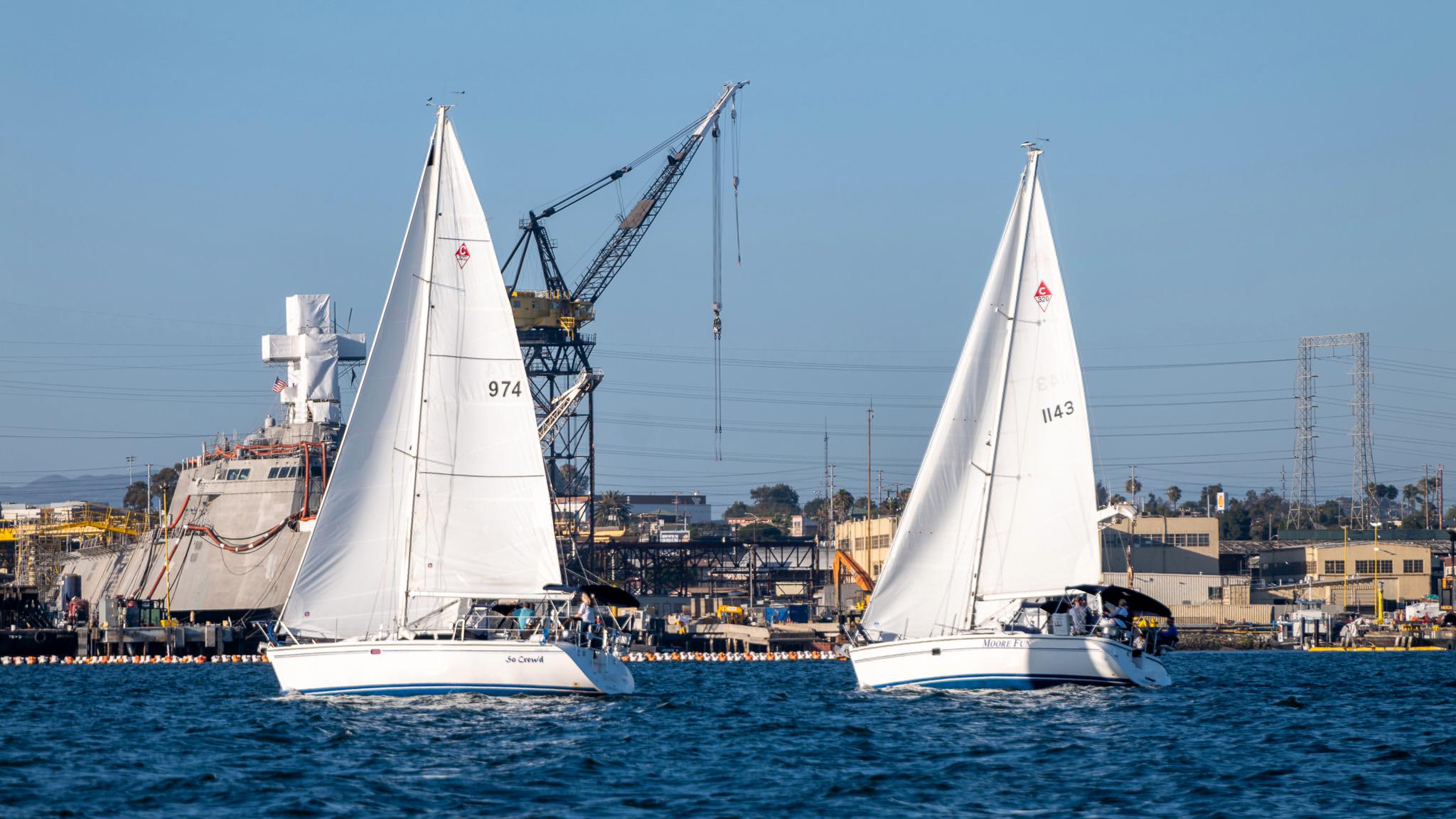
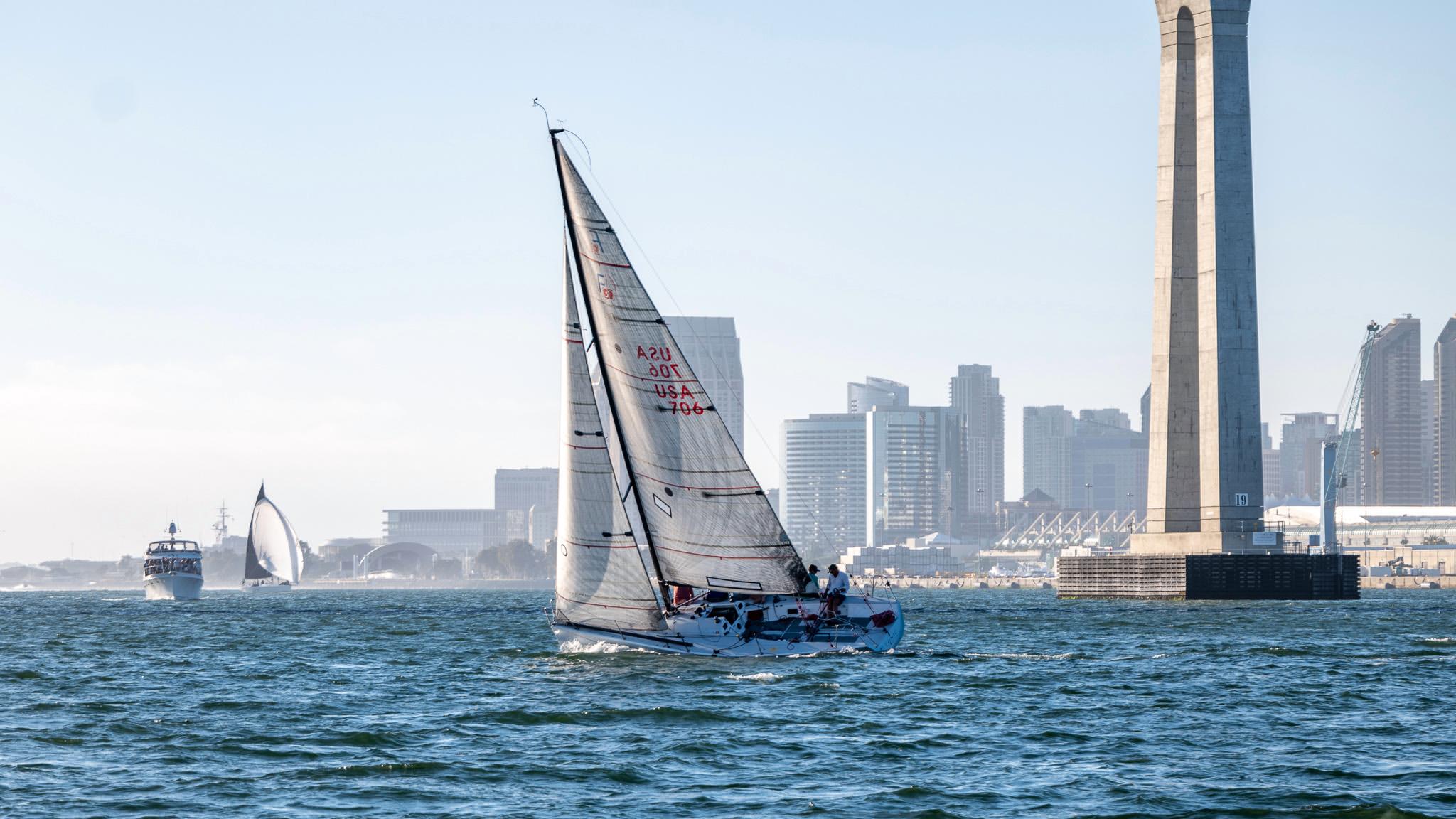
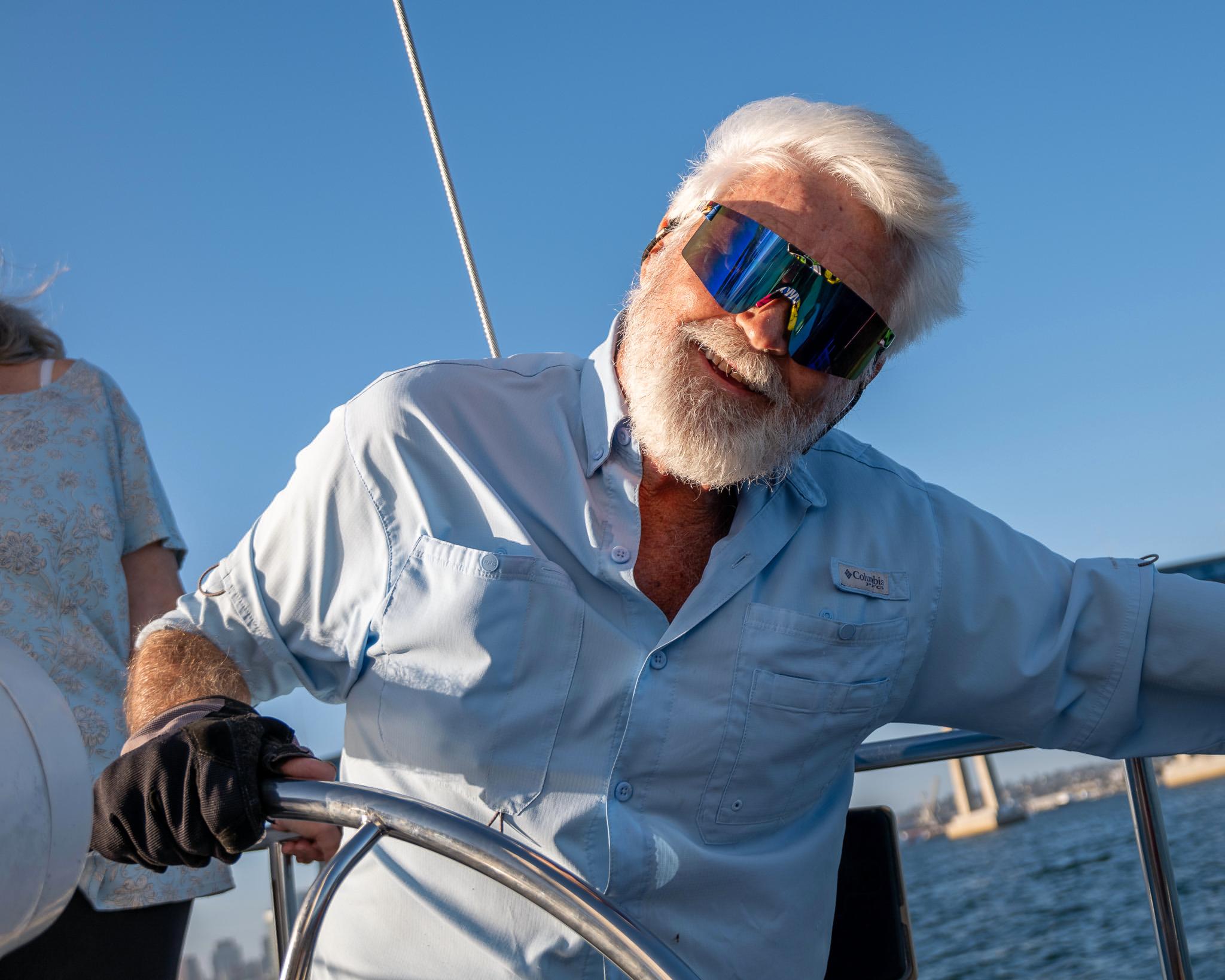
Macro-mode
At 28mm, the LUMIX 28-200mm f/4-7.1 Macro O.I.S zoom can focus to within a few centimetres of a subject. I tried out this macro-mode on a few flowers plucked from an indoor arrangement.
While I was at it, I thought I would try my hand at photo-stacking, to see if I could get the entire flower head in focus. Dirk Säger posted a superb article about this technique last year, which I reread, multiple times.
The single chrysanthemum image is a composite of eight images shot at f/11. The image of the two yellow chrysanthemums is a composite of ten images shot at f/4. I used my Lume Cube Mini to provide some side-lighting for effect.
The two close-ups look sharp, the lens, once again doing a superb job. As far as focus-stacking goes, I now have it figured out. Once I realized the advantages of using JPEGs, for the stacks, and worked out how to add them as layers in Photoshop, I was off and running. I can expand on my protocol in a separate article if anyone is interested.
Multiple exposure
To wrap up this overview of my experience with the Lumix 28-200mm zoom, I will share a few multiple exposure shots I took with it. Intrigued by Andrew Tobin’s incredible multiple-exposure abstracts, described recently, I thought I would try some myself.
It is not possible to shoot multiple exposures on the Leica SL2. However, the Lumix S5 allows up to four exposures in a single frame — nowhere near as many as Andrew used, but fun nevertheless. I used the zoom lens to isolate features on several buildings, then took four exposures, adjusting the camera position throughout.
I could, of course, have used almost any lens for this experiment. But, the zoom did give me the flexibility to compose a full-frame image encompassing just the features I wanted.
As someone who enjoys dabbling in abstract photography, I will definitely be trying more of this in the future.
Conclusion
I am delighted with this new purchase. The Lumix 28-200mm zoom aligns perfectly with my photographic interests. Coupled with a Leica SL2, it gives me a flexible, high-performing, and portable kit.
The lens delivered impressive image quality, throughout its extensive focal-length range. Although, on paper, it is slow, this proved no impediment to my photography. High-ISO-capable sensors and AI-enabled denoising make even low light photography quite feasible. I even threw in some lens-blur to narrow the apparent depth-of-field on some images. Did you notice?
I now plan to travel with the SL2 and these two lightweight zoom lenses: 20-60mm and 28-200mm. Together, they give me a 10x focal-length range, whilst weighing about the same as a single 50mm APO-Summicron SL. With one on the camera, and the other in a waist-belt pouch, I’ll be ready for just about any photographic adventure.
All images in this article were taken by Keith James
Make a donation to help with our running costs
Did you know that Macfilos is run by five photography enthusiasts based in the UK, USA and Europe? We cover all the substantial costs of running the site, and we do not carry advertising because it spoils readers’ enjoyment. Every amount, however small, will be appreciated, and we will write to acknowledge your generosity.

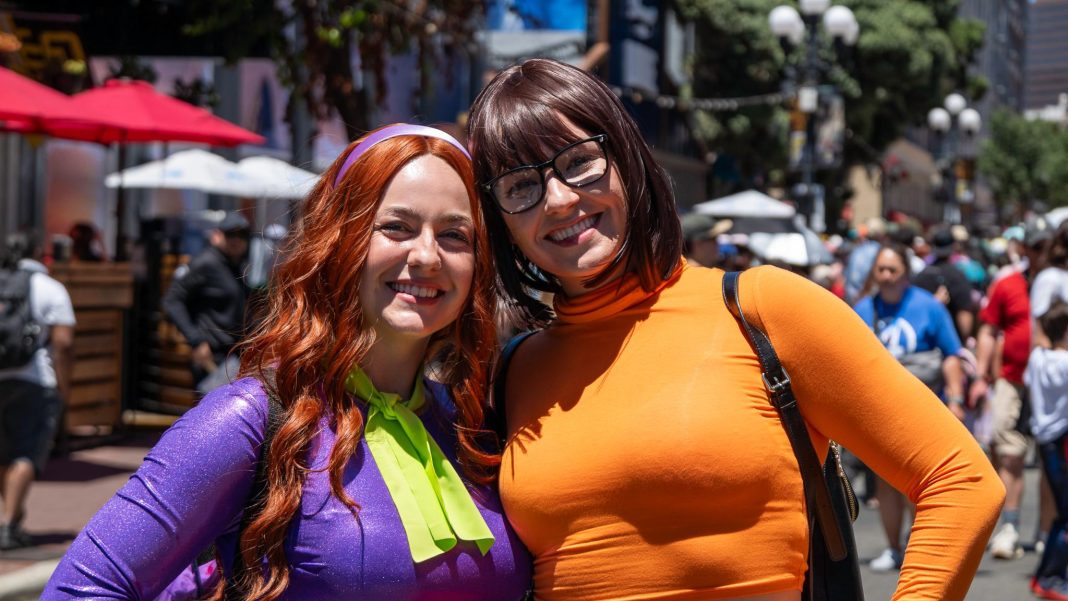
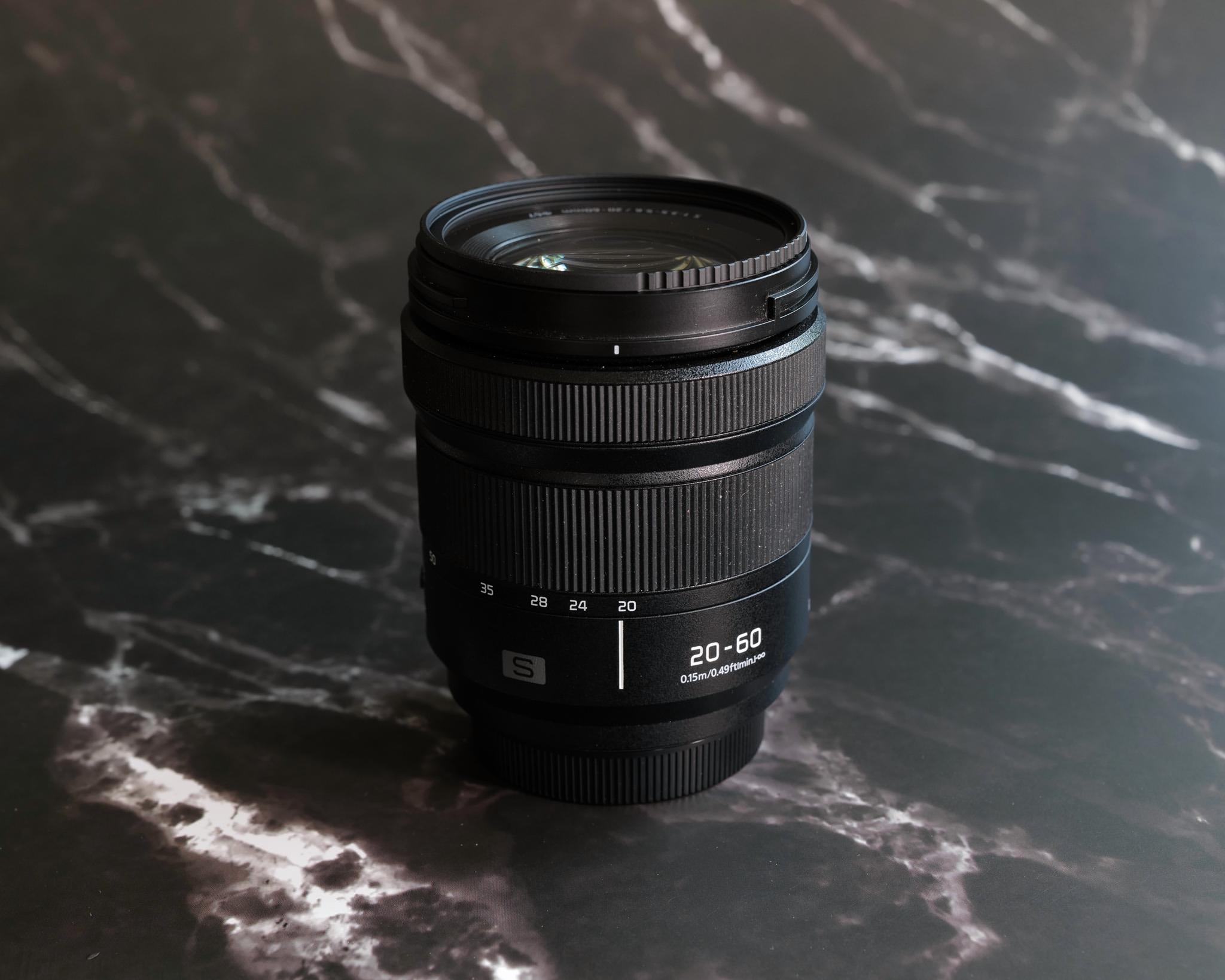
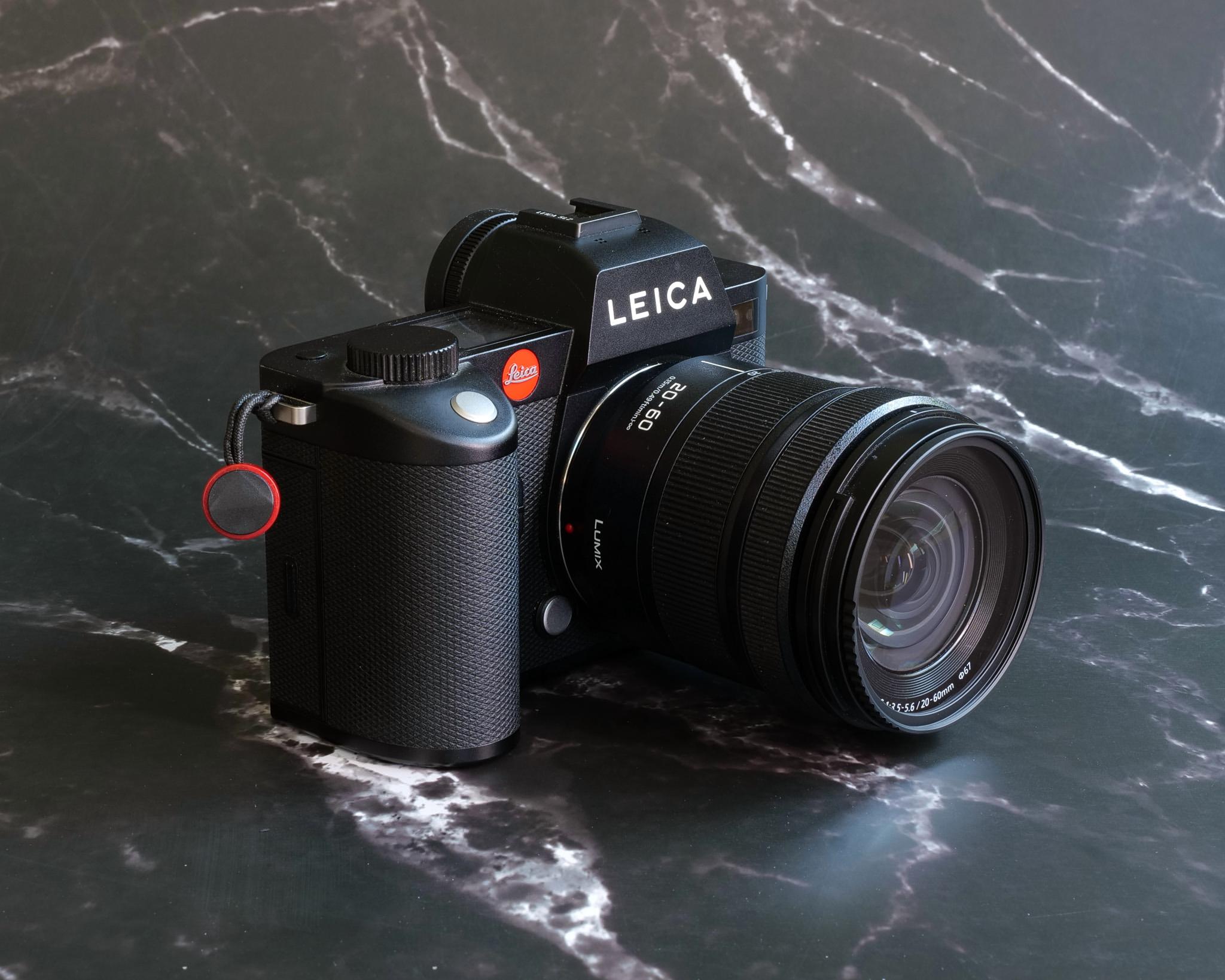
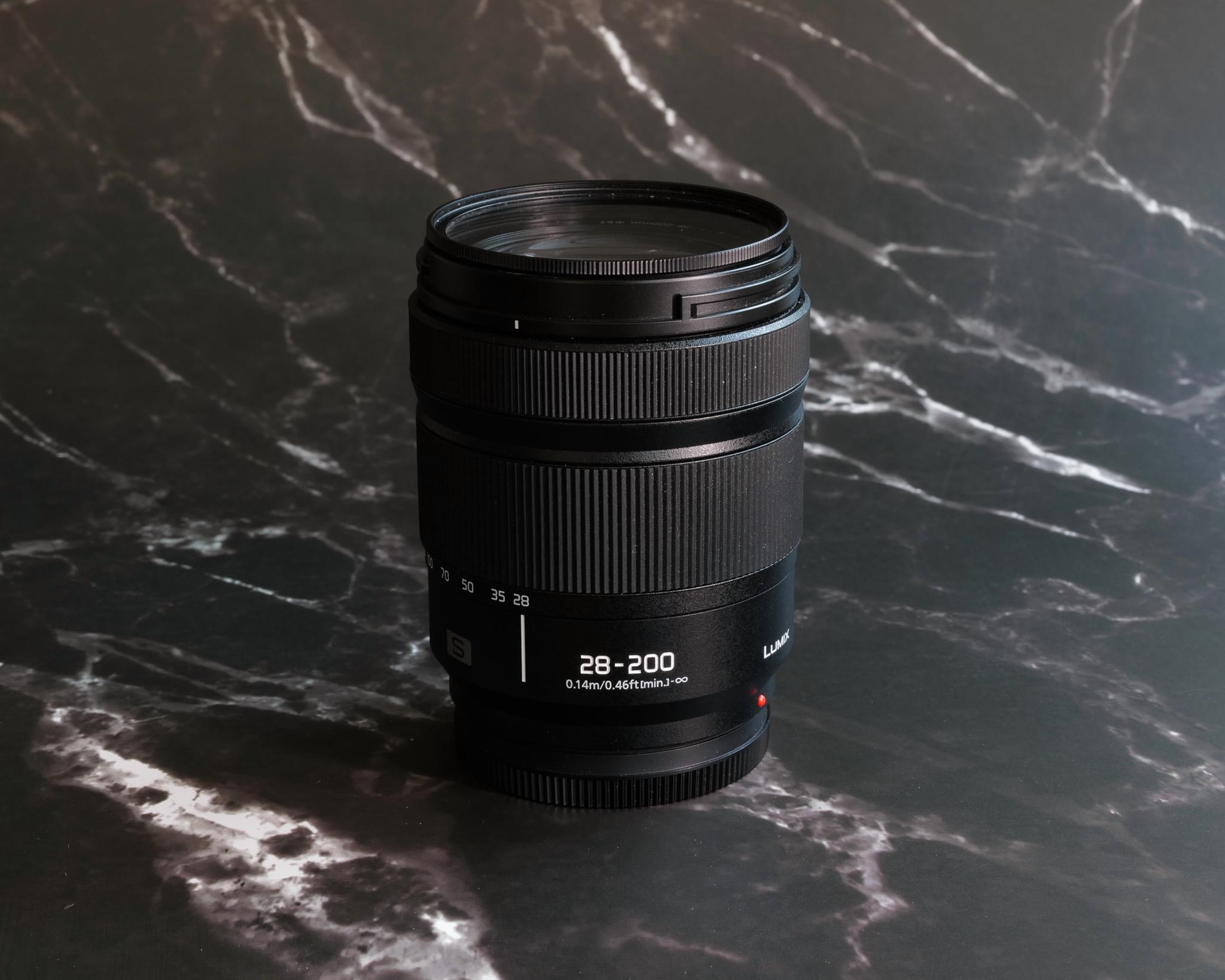
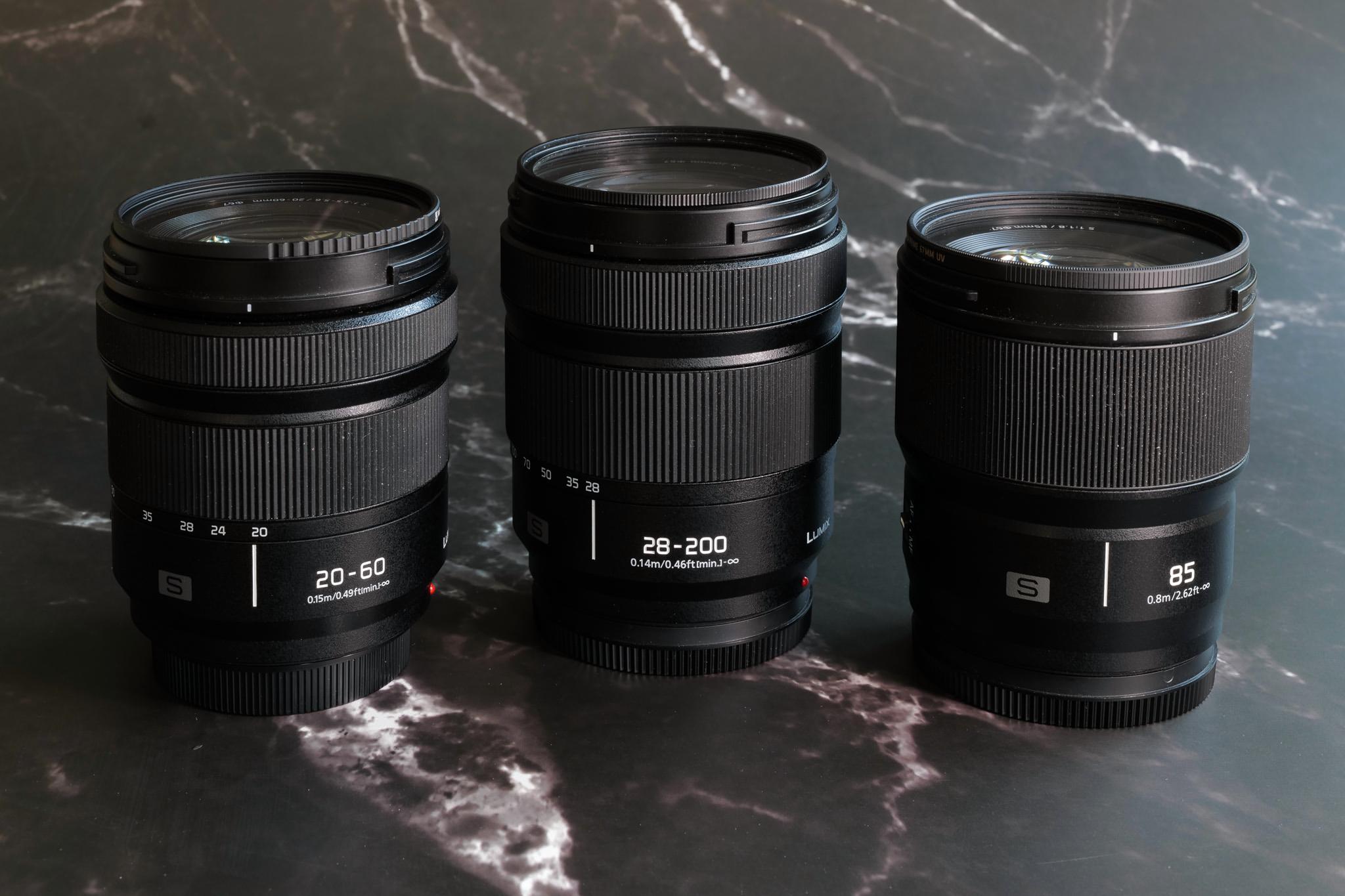
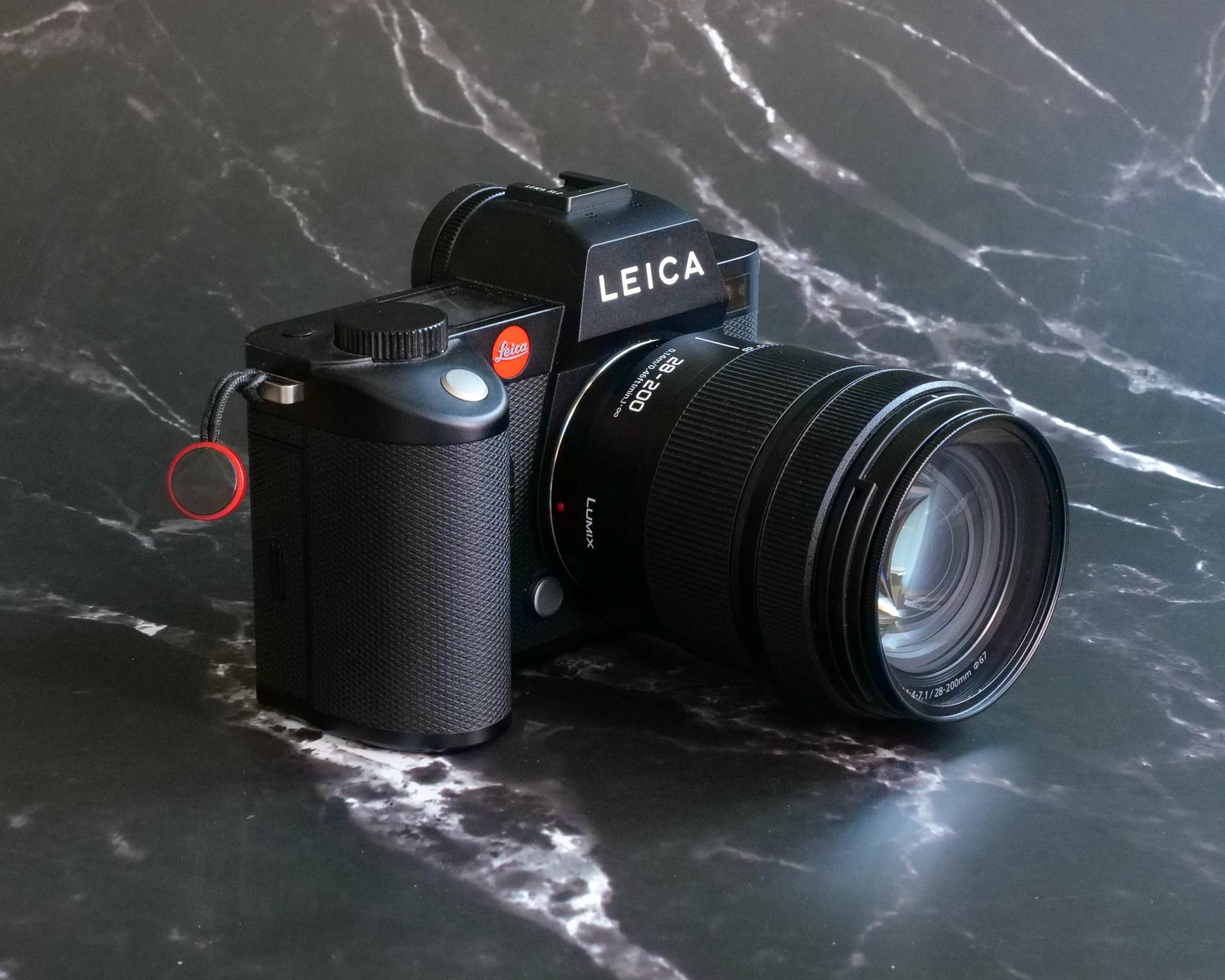
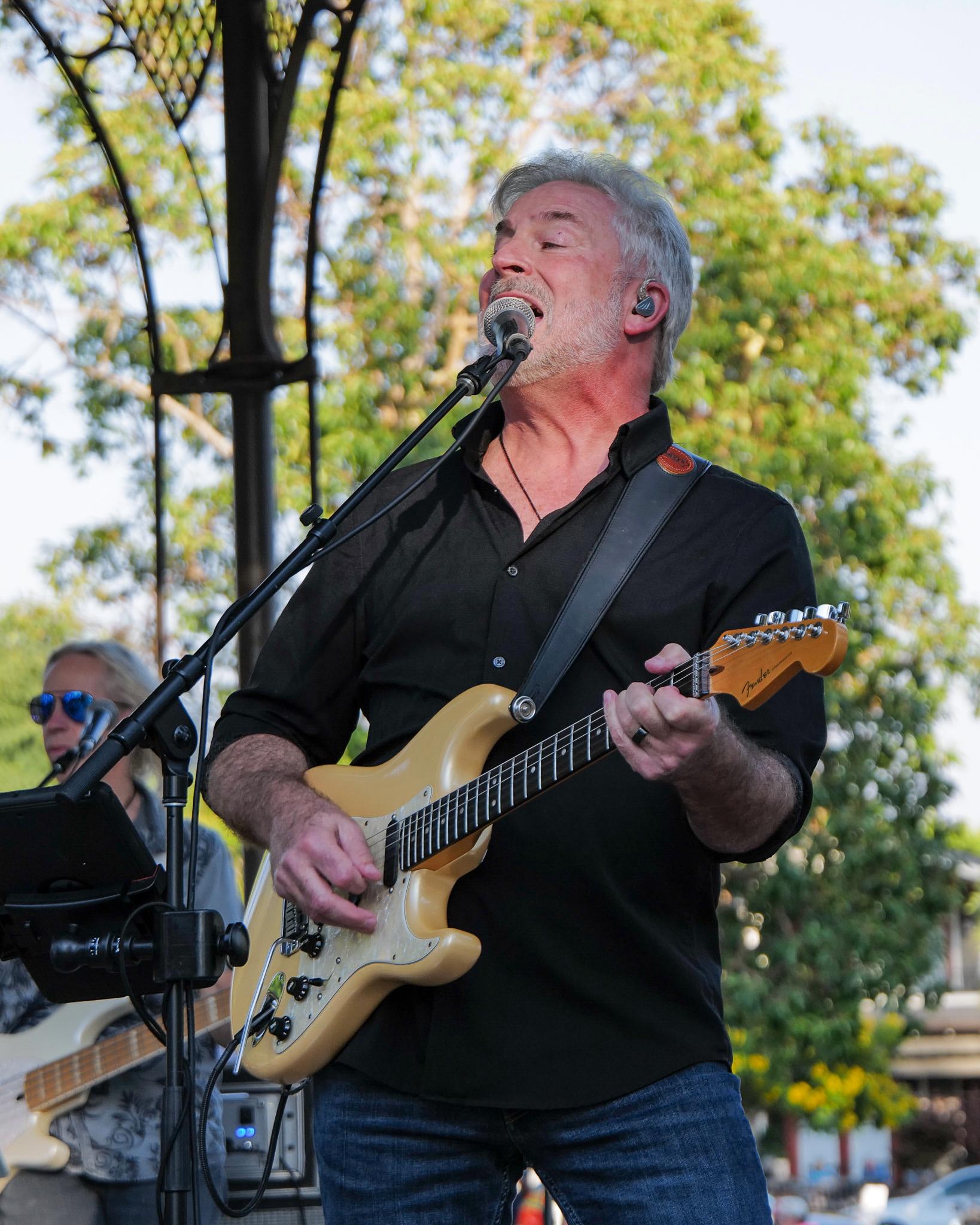
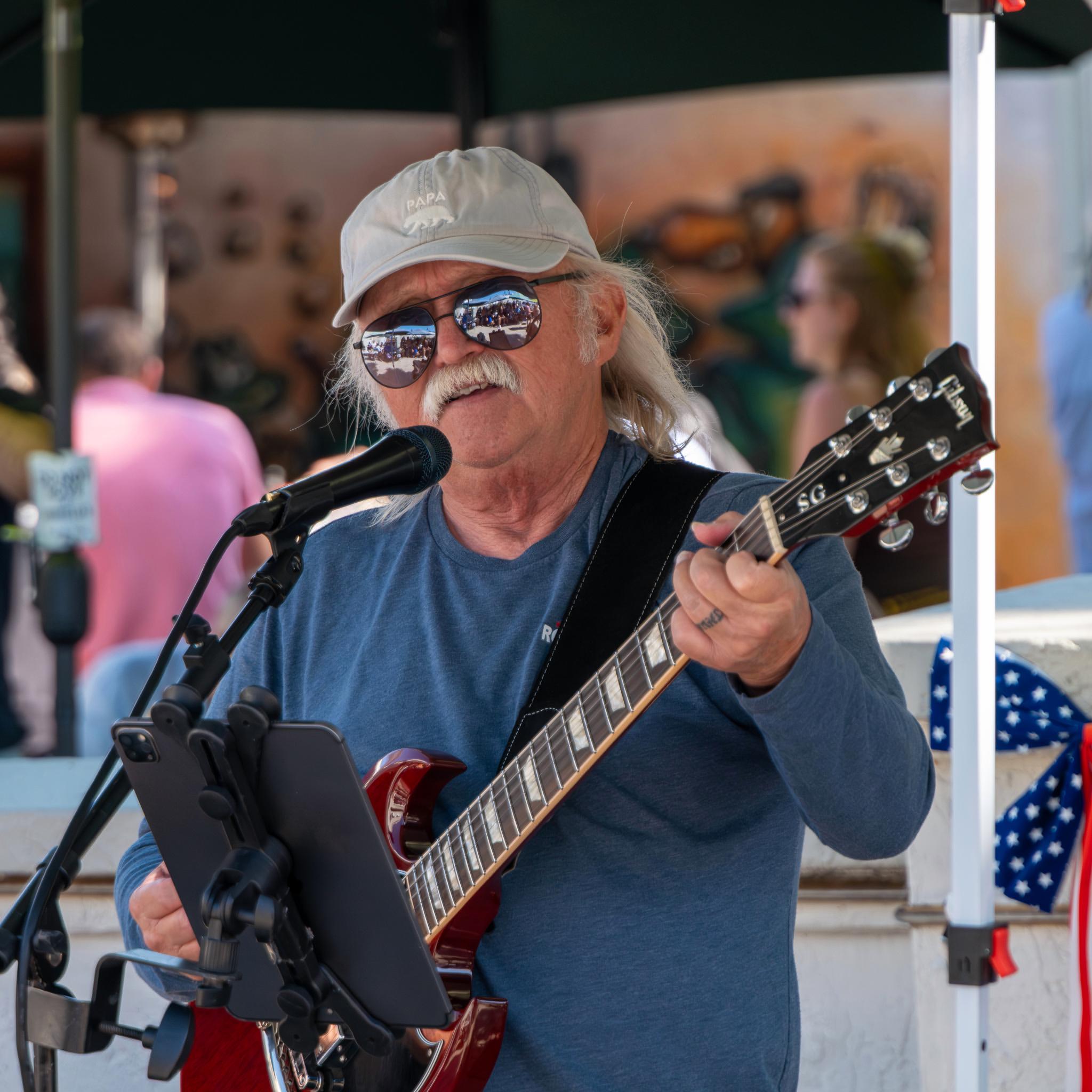
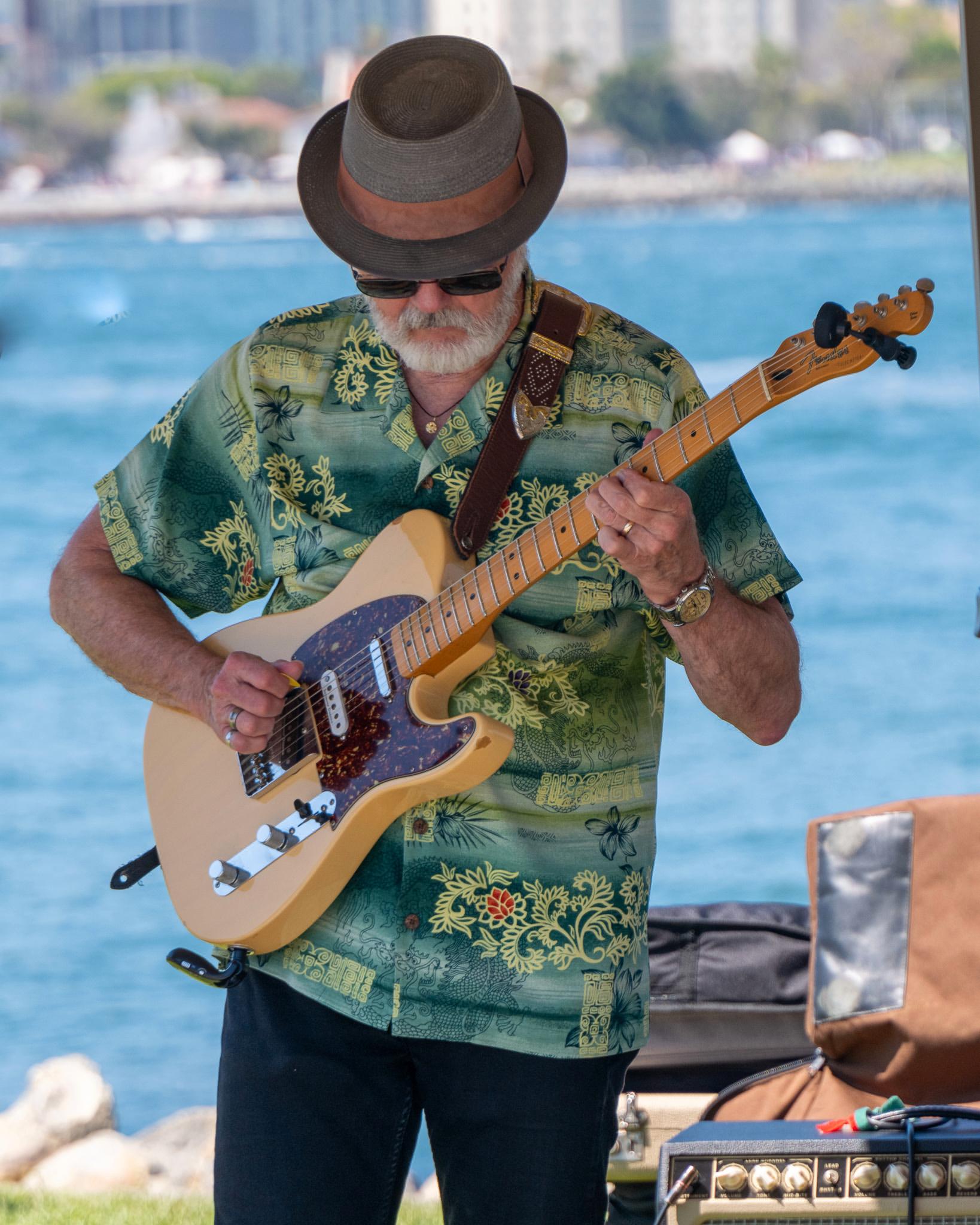
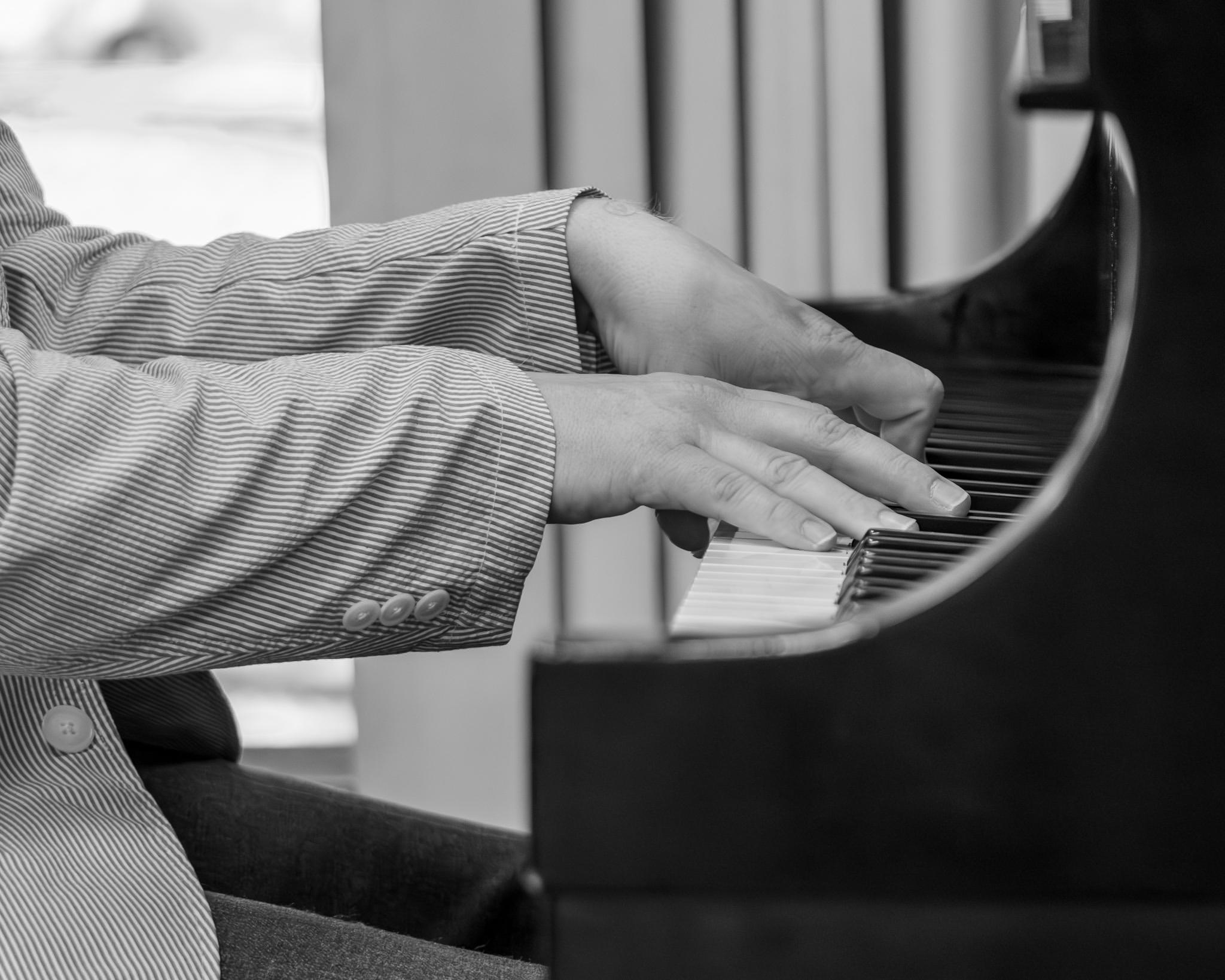

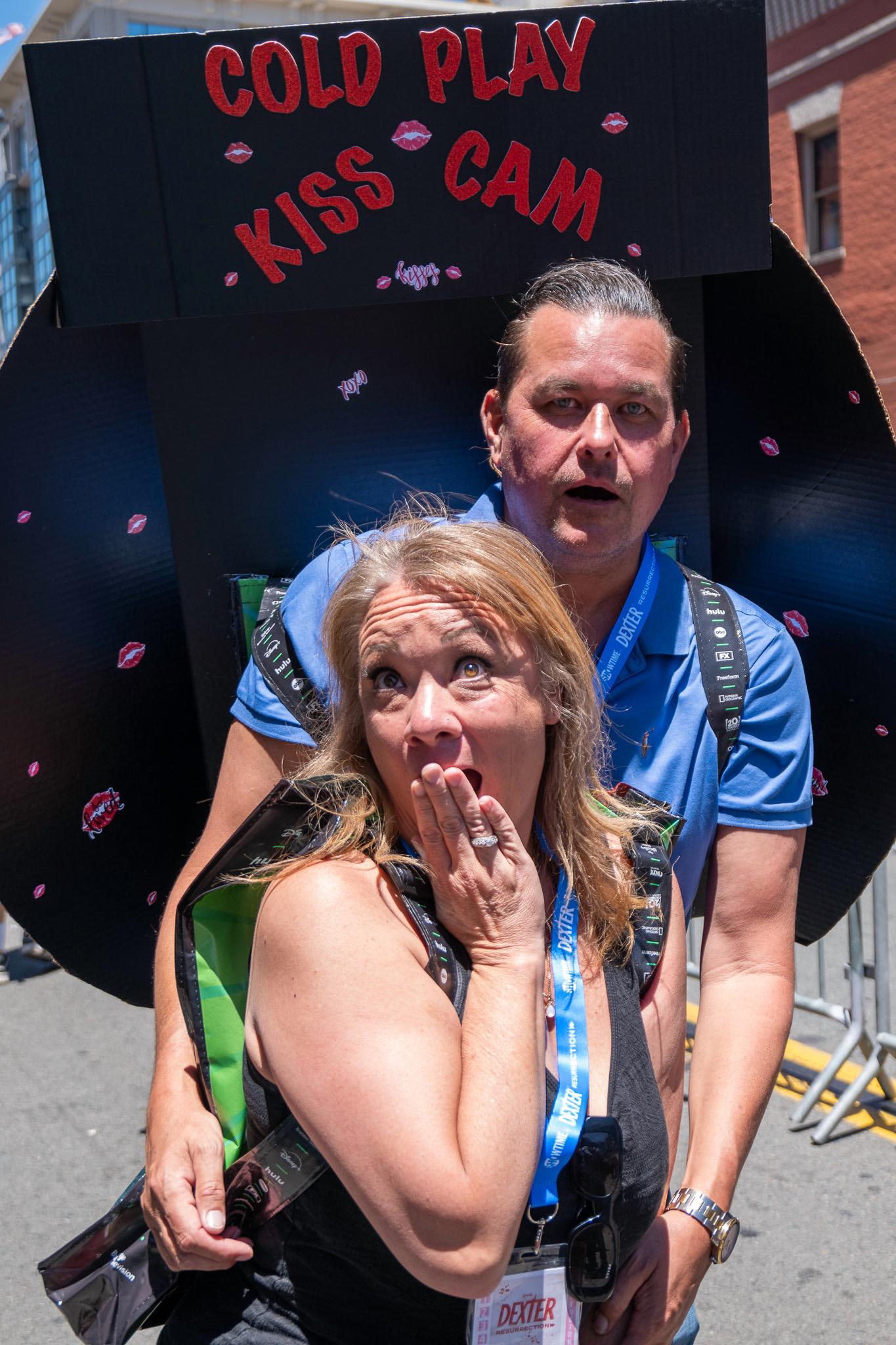
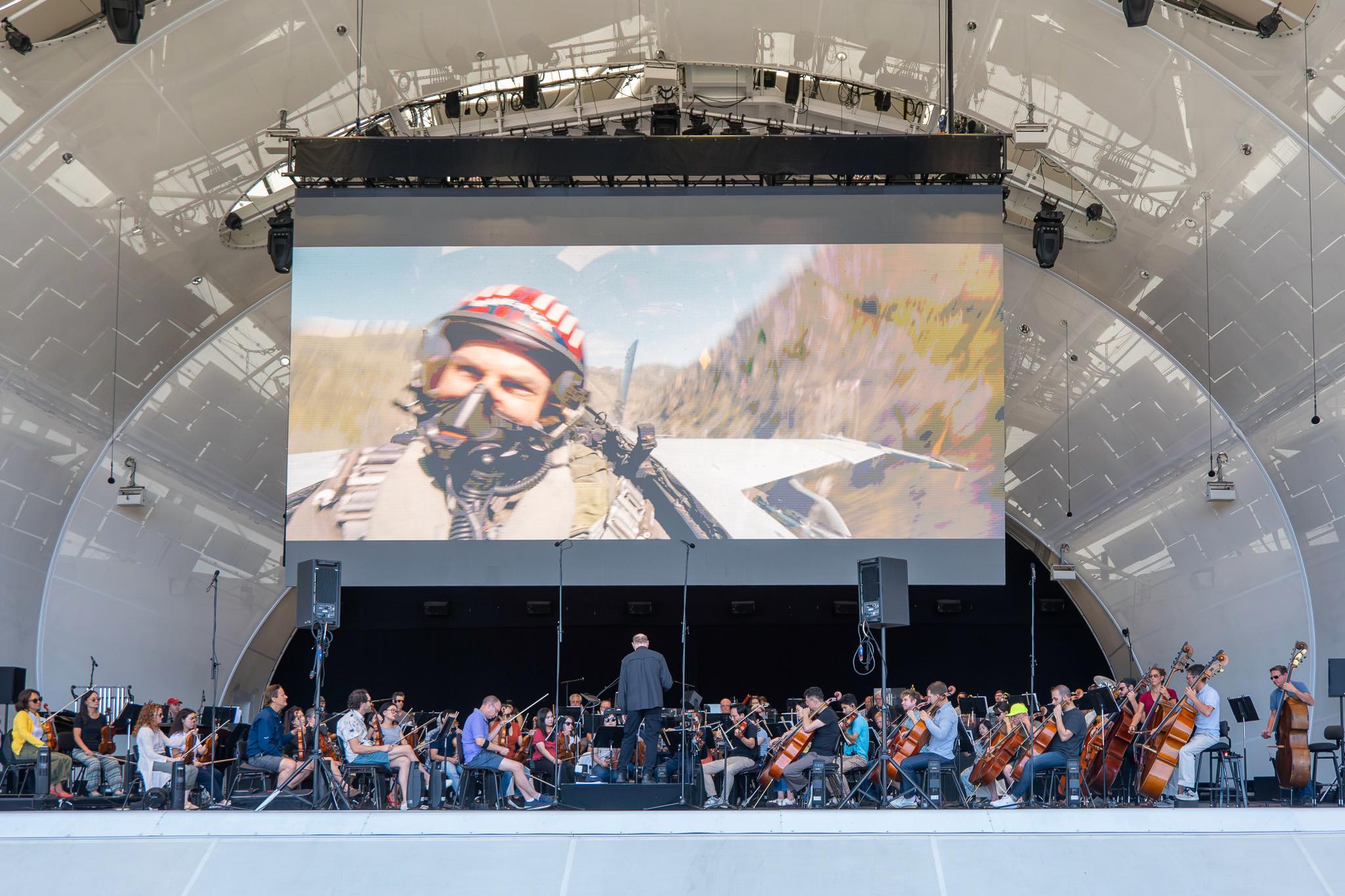
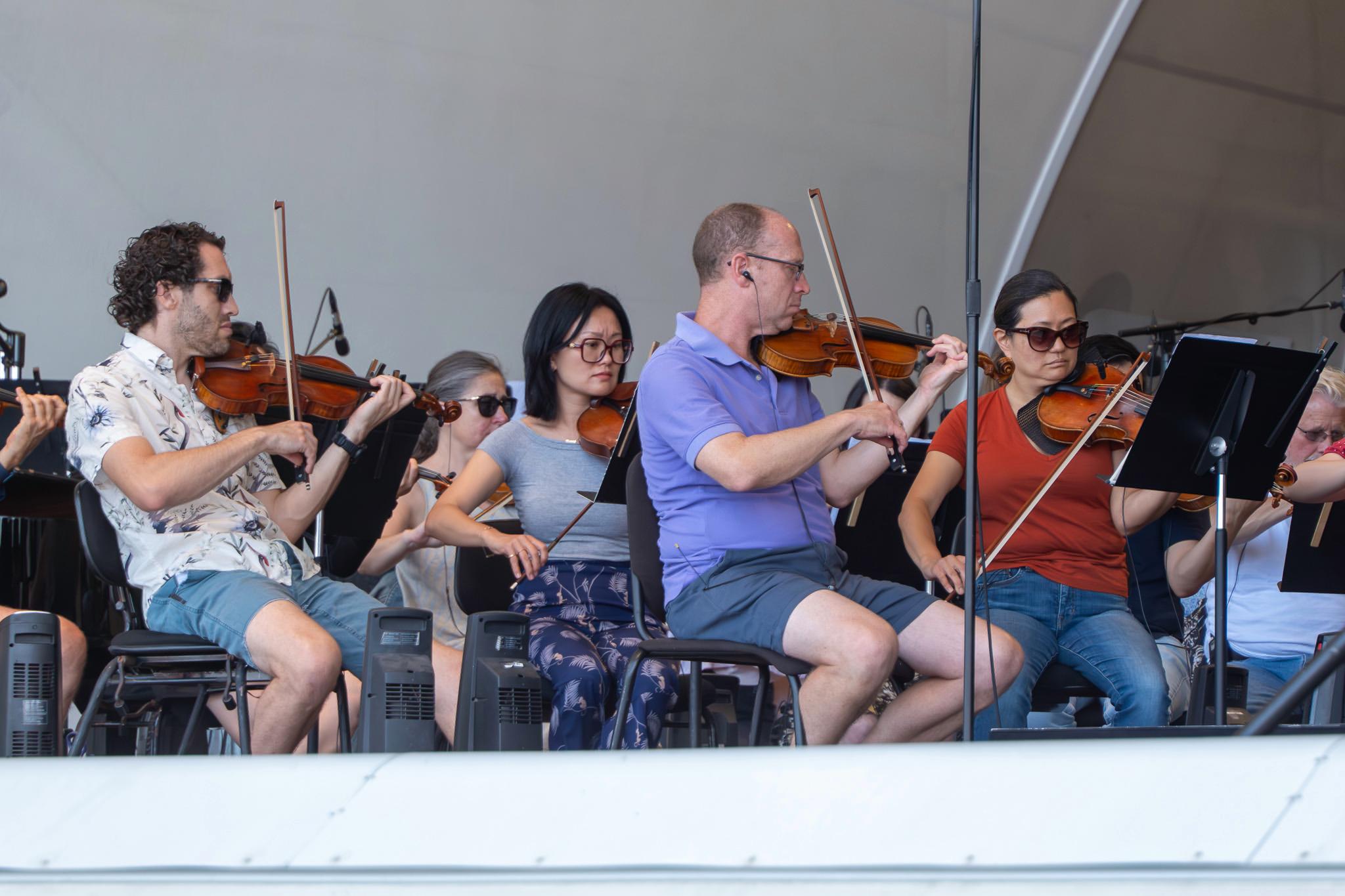
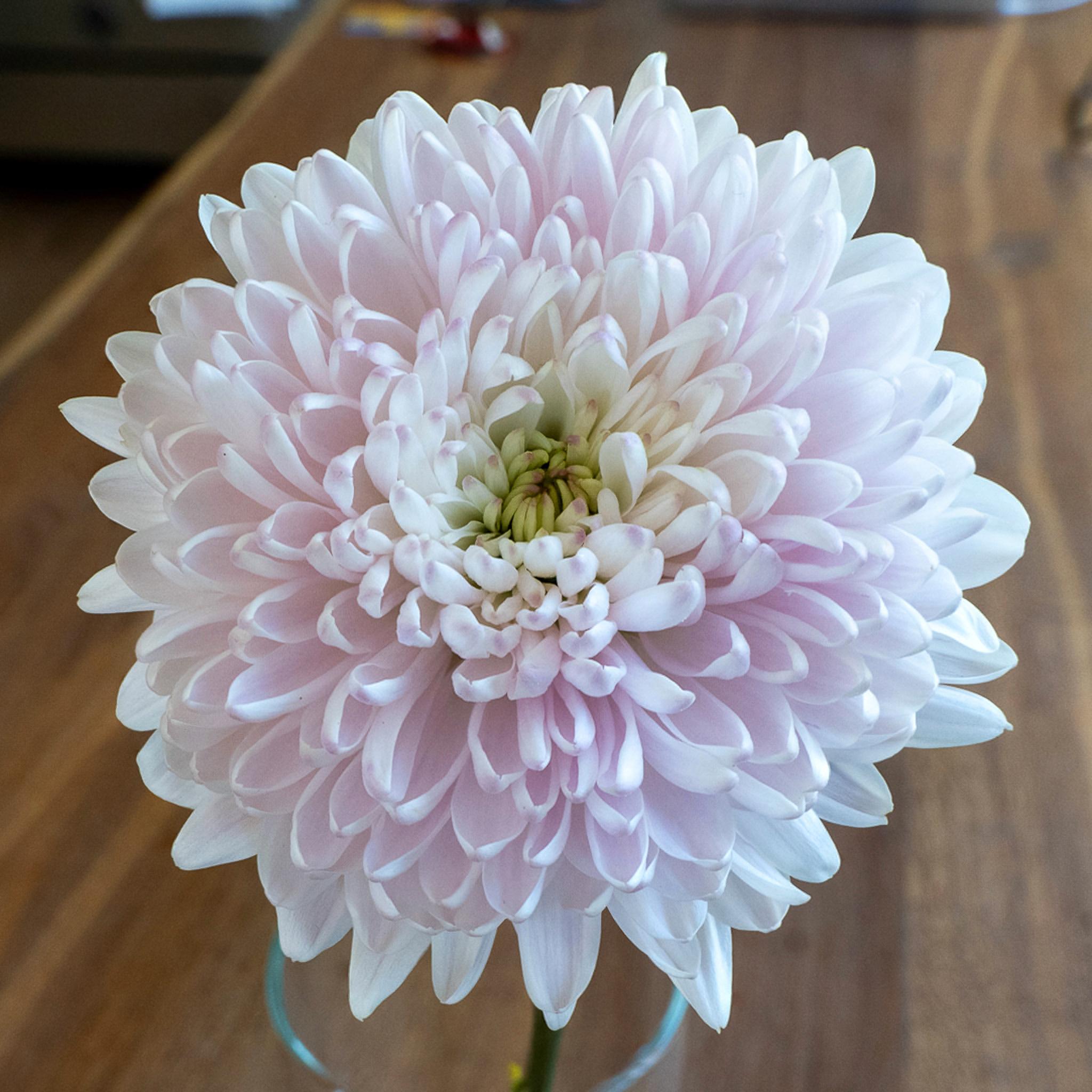
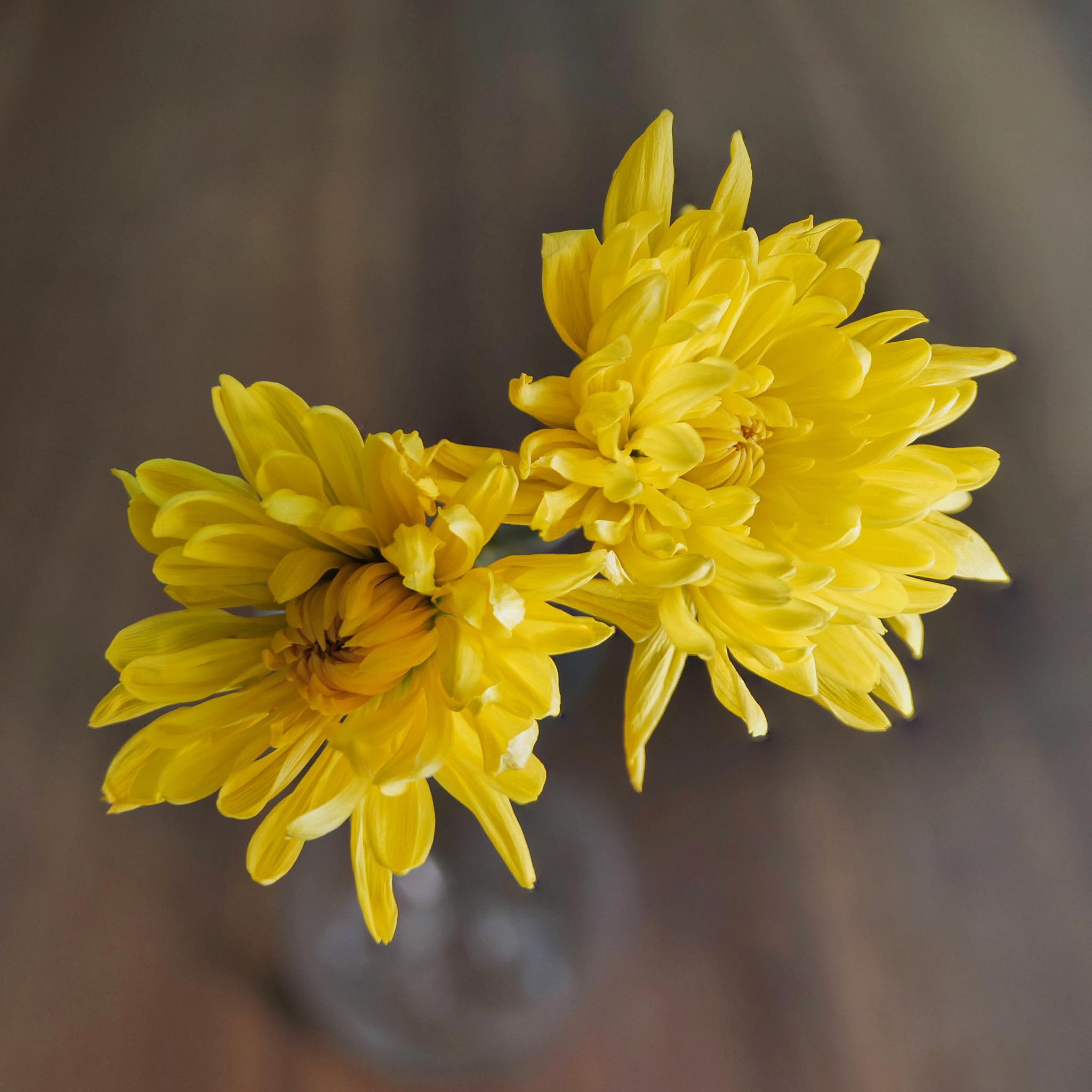


This is a heavier outfit than my elderly fingers could carry, but I have to admit you’ve got some amazing photos of the musicians!
Hi There Keith
Great article and good points – a good zoom beats digital cropping (where you get slower effective aperture anyway). I think that what has changed recently is that, whereas it wasn’t really possible to make one of these long range zooms good quality, now, it is, so whereas a similar lens 10 years ago would require you to put up with a poorer images, now the only disadvantage is the slower aperture . . . and the higher available ISO on the modern cameras means that even this isn’t much of a problem. I have the 20-60 and also the 70-300 f4.5-5.6 Panasonic S lens, and although it’s larger and heavier, it’s still relatively light and great quality. It weighs 790gms which is just about 1kg less than the Leica 90-280!
Hi Jono,
Interesting you mention the Lumix 20-60 which both I and Keith (especially) love. For its size, weight, and price, it really is a bit of kit. The 20mm wide end is so useful and, frankly, I’d swap 10mm at the wide end for 10mm at the long. A little cropping gets you to the long end of a “standard” 24-70 zoom, but you can’t uncrop to 20. I know several photographers who also love this lens, including Don Morley. I know we’ve discussed this before, but what’s your assessment of this lens? Mike
I have been wondering about this and very timely. Thank you!